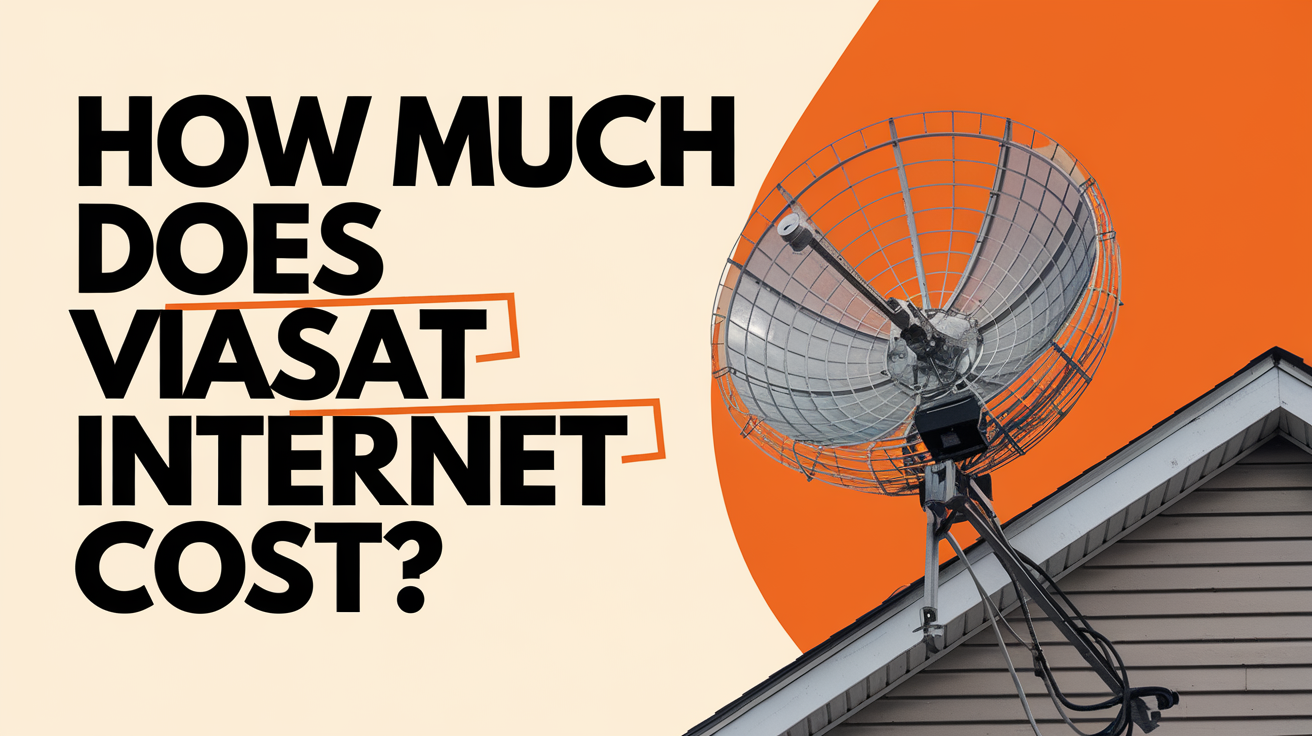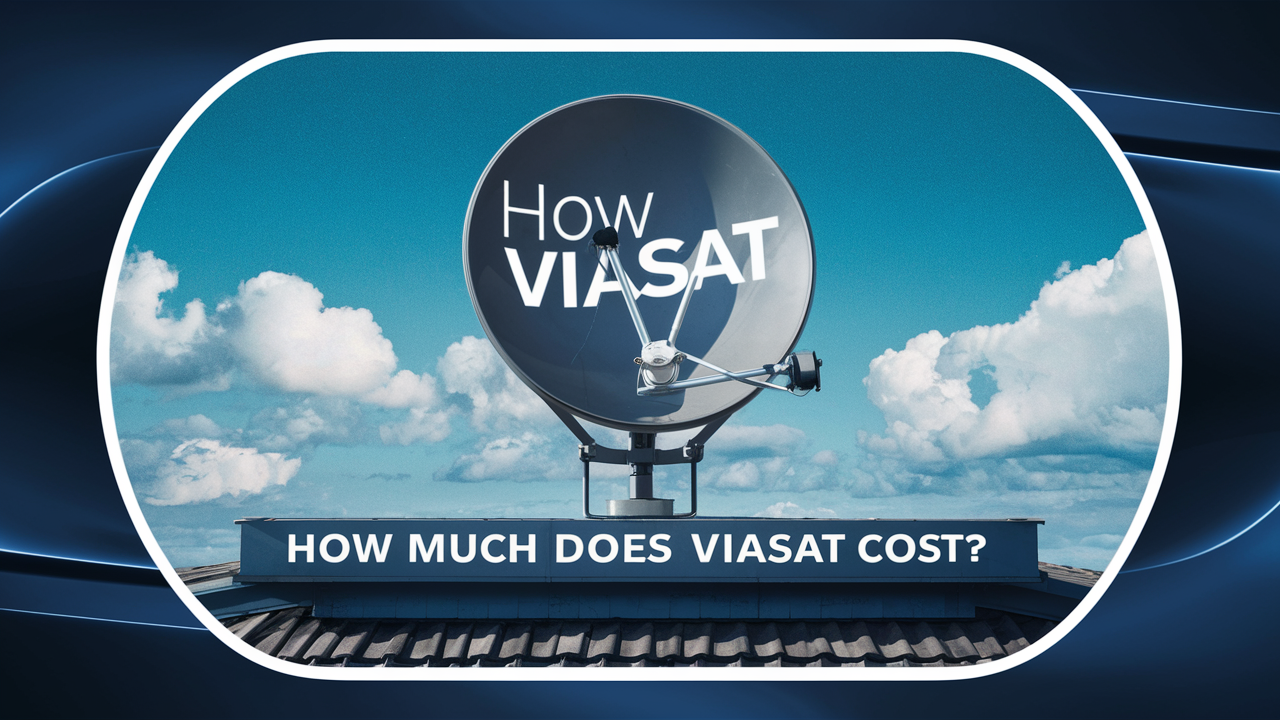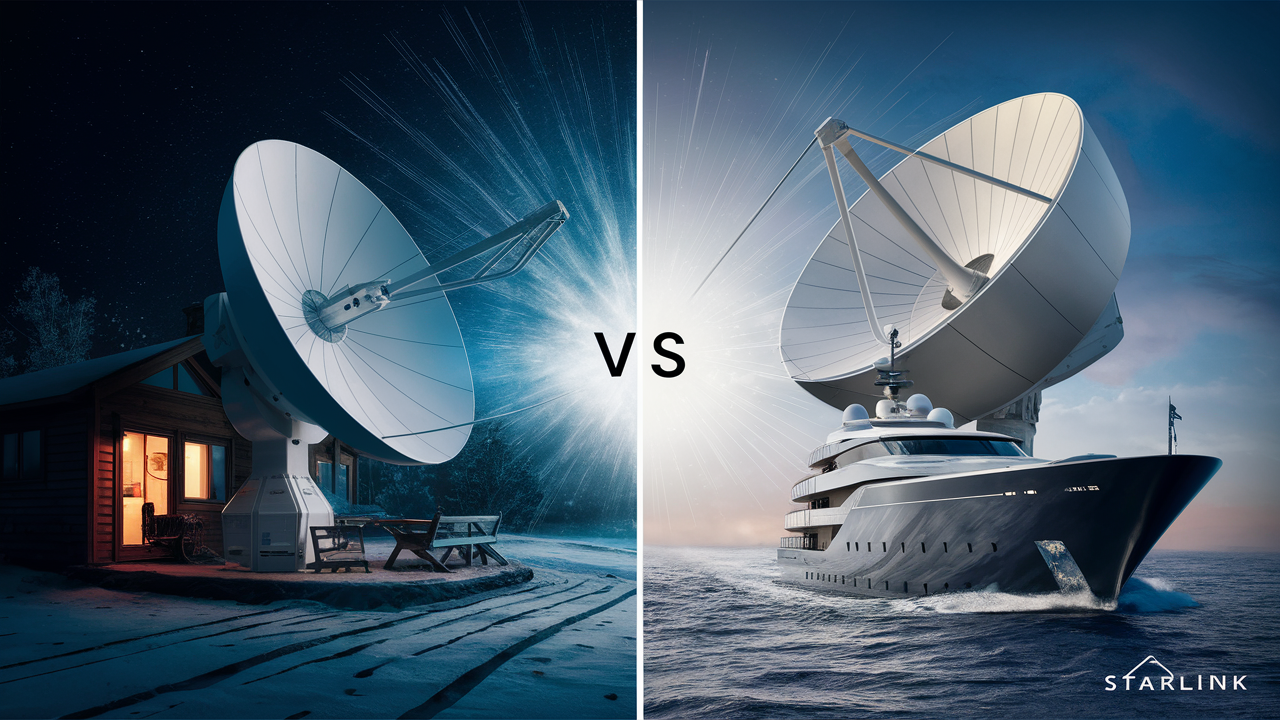For many rural and remote households, Viasat is a reliable satellite internet provider, offering connectivity where cable, fiber, or DSL are not available. However, as technology advances and new competitors enter the market, many users wonder: Who is better than Viasat? In this guide, we’ll compare Viasat to other leading internet providers, discuss their strengths and weaknesses, and help you decide which option might be best for your needs.
How Viasat Stacks Up as a Rural Internet Provider
Viasat is a major player in the satellite internet market, especially in rural America. It offers a range of plans with varying speeds and data allowances, making it a strong option for those with limited alternatives. Viasat’s key advantages include:
- Wide Coverage: Available in remote and rural areas where other providers cannot reach.
- Multiple Plan Options: Offers plans with different speeds and data caps to suit various needs.
- Professional Installation: Certified technicians ensure a reliable setup.
- Innovative Hybrid Options: Viasat Flex combines satellite and fixed wireless for improved performance in select areas[3].
However, Viasat also has notable drawbacks:
- Higher Latency: Typical latency is higher than terrestrial or low Earth orbit (LEO) satellite providers, which can affect real-time activities like gaming and video calls[2][3][5].
- Data Caps and Throttling: Most plans have data limits, and speeds may be reduced after exceeding your allowance, especially during peak times[2][3][5].
- Weather Sensitivity: Heavy rain, snow, or thick clouds can disrupt service.
Top Competitors: Who Is Better Than Viasat?
Several internet providers offer better performance, lower latency, or more favorable terms than Viasat, depending on your location and needs. Here are the top contenders:
1. Starlink
Starlink, operated by SpaceX, is widely regarded as the best satellite internet provider for rural and remote areas in 2025[2][3][8]. Its network of low Earth orbit (LEO) satellites delivers faster speeds and much lower latency than traditional satellite providers like Viasat.
- Speeds: Up to 220 Mbps (real-world averages often 100–200 Mbps).
- Latency: 20–40 ms, making it suitable for gaming and video calls.
- Data Caps: Most plans are unlimited, with no hard data caps.
- Coverage: Global, with rapid expansion.
- Installation: Self-install kit included, easy setup with an unobstructed view of the sky.
Why Starlink Is Better: Starlink’s LEO technology provides faster speeds, lower latency, and more reliable connections than Viasat’s traditional geostationary satellites. It is ideal for users who need high-performance internet for streaming, gaming, or remote work.
2. Fixed Wireless and 5G Providers
Fixed wireless and 5G home internet options, such as T-Mobile Home Internet and Verizon 5G Home Internet, are becoming increasingly available in rural areas[5]. These services use cellular networks to deliver internet to your home, bypassing the need for cables or satellites.
- Speeds: Typically 35–115 Mbps for T-Mobile, with some areas seeing even higher speeds.
- Latency: Much lower than satellite, often comparable to cable internet.
- Data Caps: Most plans are unlimited with no throttling.
- Installation: Plug-and-play gateway, easy self-installation.
Why Fixed Wireless/5G Is Better: These services offer faster speeds, lower latency, and more reliable connections than satellite internet, provided you are within coverage. They are ideal for users who want a cable-like experience without the need for traditional infrastructure.
3. HughesNet
HughesNet is another traditional satellite provider, similar to Viasat in many ways. However, it is generally considered less advanced than Starlink and sometimes less flexible than Viasat.
- Speeds: Up to 25 Mbps, lower than Viasat and Starlink.
- Latency: High, similar to Viasat.
- Data Caps: Strict data limits, with speeds reduced after exceeding your allowance.
- Coverage: Wide, but not as fast or reliable as Starlink.
Why HughesNet Is Not Always Better: HughesNet offers similar coverage to Viasat but with lower speeds and stricter data policies. It is not generally considered better than Viasat, except in specific cases where its plans or pricing better suit your needs.
4. Emerging Technologies and Providers
Amazon Project Kuiper is an upcoming LEO satellite internet service expected to compete with Starlink and Viasat[3][4]. While not yet widely available, it promises high speeds and low latency, similar to Starlink.
SwiftNet Wifi is another emerging option, leveraging 5G technology to deliver fast, reliable internet to rural and mobile users. It is particularly attractive for RV travelers and those in underserved areas.
Comparison Table: Viasat vs. Top Alternatives
| Provider | Type | Max Speed | Latency | Data Policy | Coverage | Best For |
|---|---|---|---|---|---|---|
| Viasat | Satellite | Up to 150 Mbps | 600–800 ms | Data caps, reduced speeds after the cap | Rural/remote | Basic streaming, browsing |
| Starlink | LEO Satellite | Up to 220 Mbps | 20–40 ms | Unlimited (most plans) | Global | Gaming, streaming, and remote work |
| T-Mobile Home Internet | Fixed Wireless/5G | 35–115+ Mbps | Low | Unlimited | Rural/urban (where available) | Streaming, gaming, and remote work |
| HughesNet | Satellite | Up to 25 Mbps | 600–800 ms | Data caps, reduced speeds after the cap | Rural/remote | Basic browsing, email |
| SwiftNet Wifi | 5G Wireless | Varies | Low | Unlimited (most plans) | Rural/mobile | Travelers, remote work |
How to Choose the Best Provider for Your Needs
When deciding who is better than Viasat for your situation, consider the following factors:
- Location: Check which providers are available in your area. Starlink, fixed wireless, and 5G are expanding but may not be everywhere yet.
- Speed Requirements: If you need fast speeds for streaming, gaming, or remote work, Starlink or fixed wireless/5G are better choices than Viasat.
- Latency Sensitivity: For real-time activities like gaming or video calls, low-latency options like Starlink or 5G are superior.
- Data Usage: If you use a lot of data, look for providers with unlimited plans and no throttling, such as Starlink or T-Mobile Home Internet.
- Budget: Compare pricing and equipment costs. Starlink is more expensive than Viasat, but it offers better performance.





